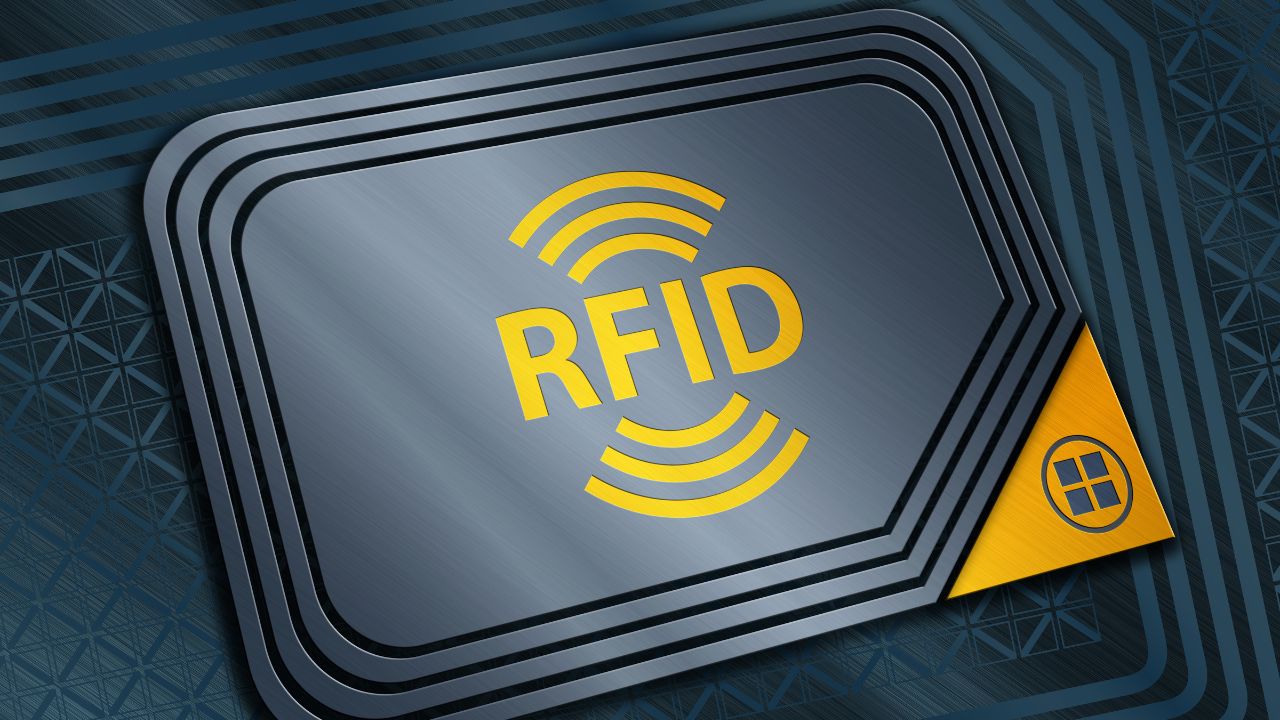
Key Takeaways
Locating underground utilities is a challenging and critical task for construction, maintenance, and emergency services. Traditionally, utilities were marked using physical markers or outdated mapping systems. Today, technology has advanced, and RFID utility markers are becoming a game-changer in how utilities are located and managed. Radio Frequency Identification (RFID) technology offers precise, reliable, and long-term solutions for marking and locating underground utilities, helping private underground utility locating services streamline their operations.
In this article, we will explore how RFID tags work to mark buried assets, their benefits for utility asset management, and how they integrate with mapping and maintenance systems. If you're looking for efficient underground utility locating services, RFID technology might just be the solution you need.
Radio Frequency Identification (RFID) is a technology that uses radio waves to automatically identify and track tags attached to objects. An RFID system consists of three main components:
RFID technology is widely used for a variety of applications, including inventory management, asset tracking, and logistics. In the context of utility locating services, RFID tags help identify the precise location of underground utilities, allowing for more efficient and accurate tracking of buried assets.
The process of using RFID tags to mark and locate buried utilities begins by attaching RFID markers to underground infrastructure. These markers can be embedded in utility lines or placed at specific points along the asset’s path. Here's how RFID technology is used in private utility locating services:
Each RFID tag contains a unique identifier that holds information about the utility it is attached to. This information can include the type of utility, its depth, material, and even the installation date. Once the RFID tag is attached to a buried asset, it provides a permanent and accurate reference point.
When a utility locator needs to find the buried asset, an RFID reader emits a radio signal that interacts with the RFID tag. The tag then sends back a signal containing the stored information. The reader picks up this signal and displays the location and data on a screen, helping technicians quickly pinpoint the exact location of the utility.
The beauty of RFID utility markers is their precision. Unlike traditional methods, where utilities may be misidentified or inaccurately marked, RFID tags provide exact data and coordinates. This makes locating utilities quicker and more reliable, reducing the likelihood of accidents, delays, and costly mistakes during construction or maintenance work.
RFID technology is not only a tool for utility location but also offers significant advantages for long-term asset management. As utilities age and infrastructure changes, tracking the condition and location of buried assets becomes increasingly important. Here’s how RFID utility markers benefit long-term utility asset management:
With RFID tags, utility operators can access real-time data about the underground infrastructure. This allows for better decision-making when planning repairs, replacements, or upgrades. For instance, an RFID-enabled system can provide detailed records about the utility’s condition, allowing for predictive maintenance that can extend the life of the asset and prevent costly failures.
For utility companies, maintaining up-to-date records of underground assets is crucial. RFID markers streamline this process by providing automatic data capture whenever a reader scans a tag. This ensures that the utility’s asset management system is always current without manual input, reducing the risk of errors and improving overall efficiency.
RFID technology increases the visibility of underground utilities. By embedding RFID tags along the utility lines, utilities can be tracked throughout their lifecycle—from installation to eventual decommissioning. This visibility aids in effective management, ensuring that assets are not overlooked or neglected, especially as they age or become harder to locate.
RFID markers can help meet safety and regulatory requirements by providing accurate records of asset locations and maintenance histories. With clear documentation, utilities can demonstrate compliance with local regulations and avoid penalties for improper installation or maintenance of underground infrastructure.
The integration of RFID technology with existing mapping and maintenance systems further enhances its value. This integration allows utility operators to manage and track underground assets in a more cohesive, organized manner.
RFID data can be easily integrated with GIS, which is used to map out the location of underground utilities. By combining RFID location data with GIS systems, utilities can create detailed, interactive maps of their assets. This integration makes it easy to visualize the location of buried utilities, update maps in real time, and share location data across teams and departments.
RFID technology can also be integrated with CMMS, which helps manage maintenance tasks and asset lifecycles. When RFID readers scan an asset, the data can be directly input into the CMMS for record-keeping and scheduling maintenance tasks. This integration allows utility operators to stay on top of routine inspections, repairs, and replacements without relying on outdated records or manual tracking.
When RFID tags are scanned, the data can be immediately updated in both GIS and CMMS. This real-time tracking allows utility operators to have a complete and accurate view of their infrastructure at any given time. With real-time access to this information, utilities can improve their response times to emergencies, reduce downtime, and plan maintenance tasks more effectively.
As technology continues to advance, it’s crucial to stay up-to-date with the best tools for utility location and asset management. Private utility locating services that incorporate RFID technology offer several advantages:
As the demand for more efficient and reliable underground utility locating grows, RFID utility markers have emerged as a game-changer in the industry. Whether you need to locate buried pipes and cables or manage long-term utility assets, RFID technology offers unmatched accuracy and ease of use.
For those seeking underground utility locating services, Bess Utility Solutions provides cutting-edge RFID marking and locating solutions that can transform your utility management strategy. Contact Bess Utility Solutions today and take the next step toward more efficient and accurate underground utility management.